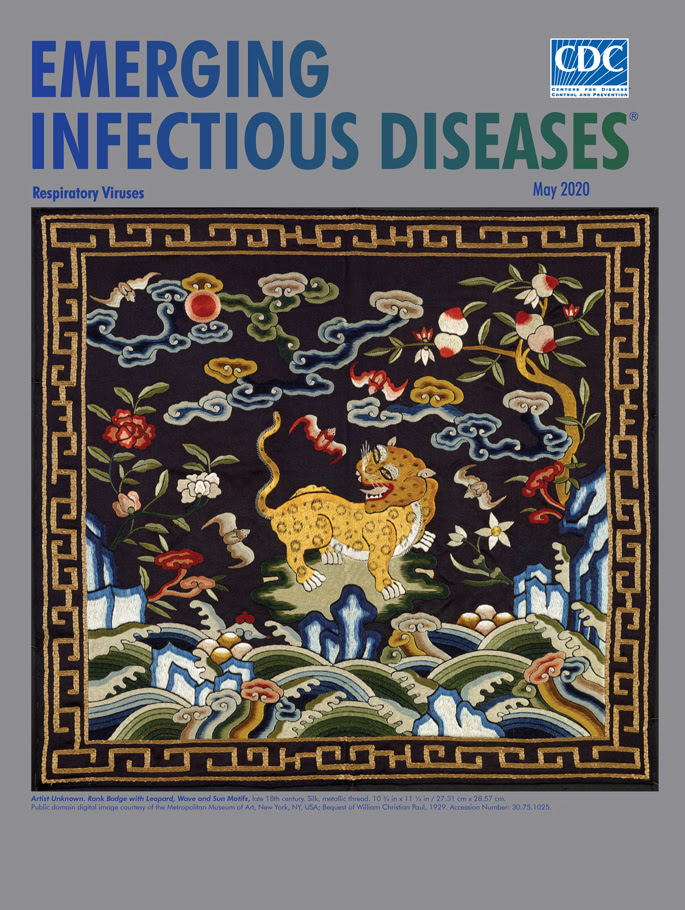How and why some insects sing
I was going to title this post "Insect vocalisms", but thought better of it, because I didn't want anyone to think I was claiming any kind of linguistic quality for the mind-boggling acoustic phenomenon that I witnessed on Saturday. Though what I heard was not language in any way, shape, or form, it did impart an overwhelming message.
I was on a long run in the mountains of western Pennsylvania. I started out from Breezewood and headed for Bedford along Route 30 (Lincoln Highway). As I ran happily at a comfortable clip, I was puzzled by a shrill ringing noise that accompanied me all the way. I couldn't tell where the loud, high-pitched sound was coming from. For awhile I thought it might be some mining operation underground, but I soon dismissed that theory because it lasted too long and I seemed to be enveloped in the noise. All around me were forests and woods, and the constant ringing seemed to be emanating from them.
Read the rest of this entry »
